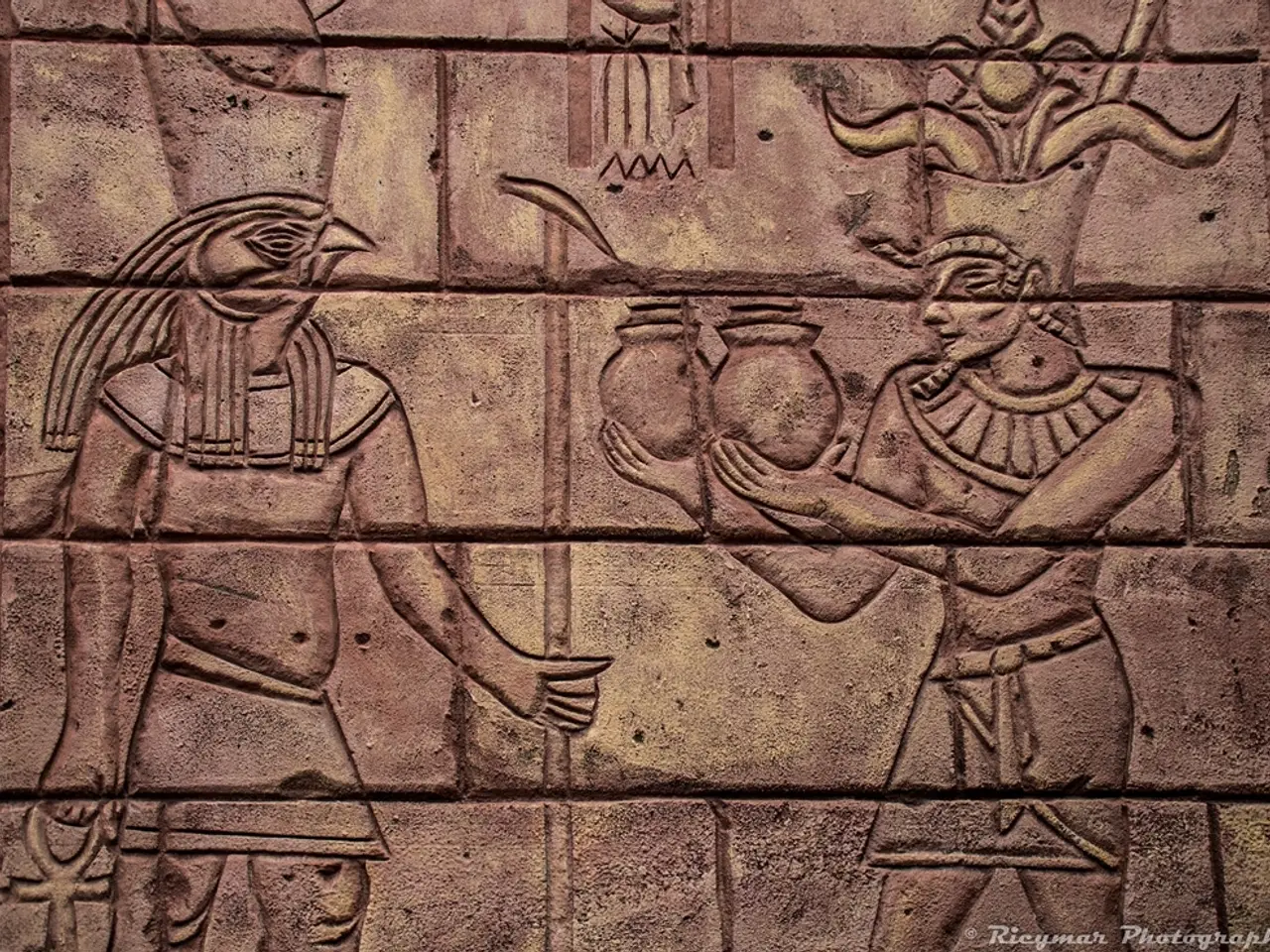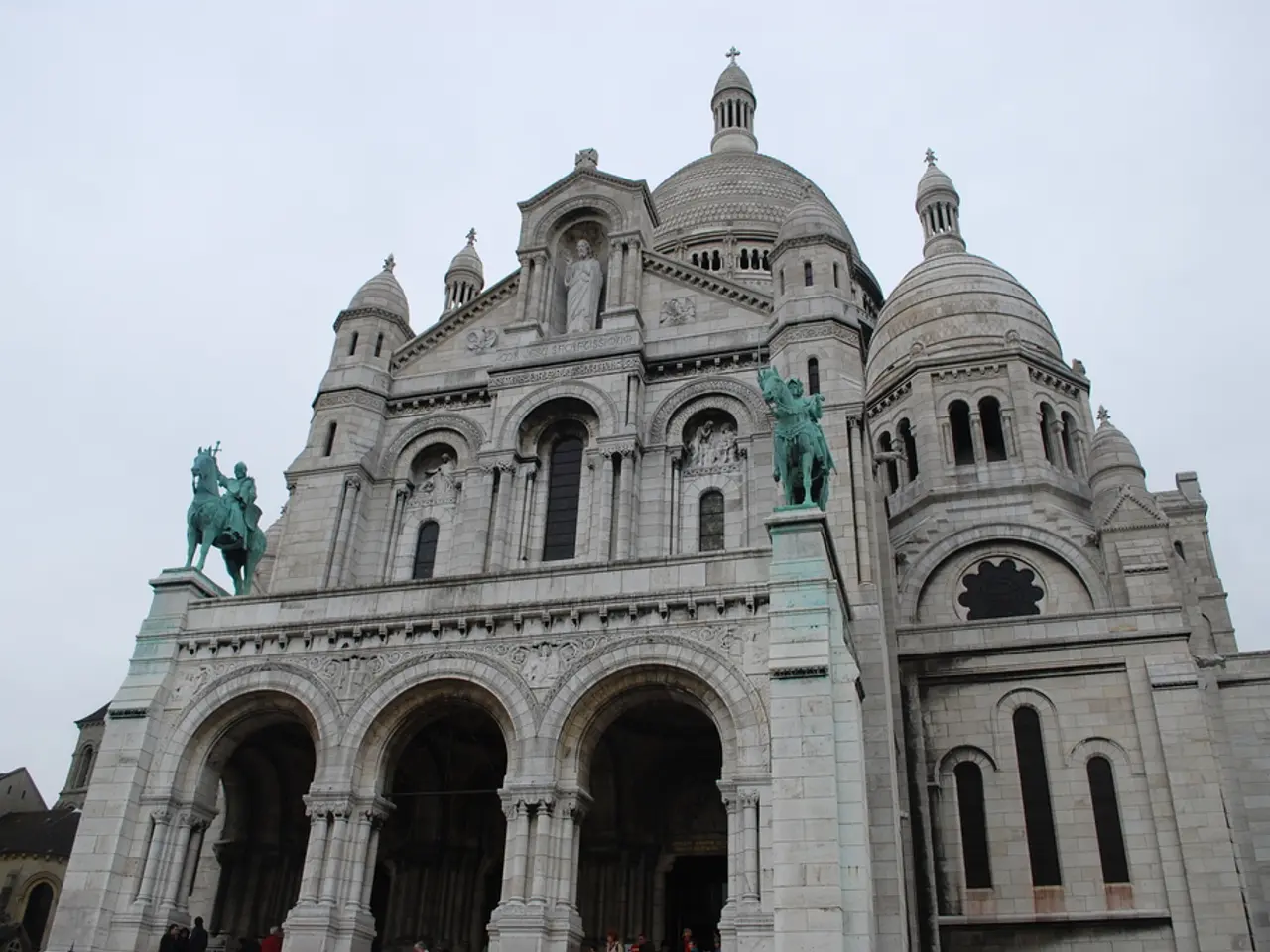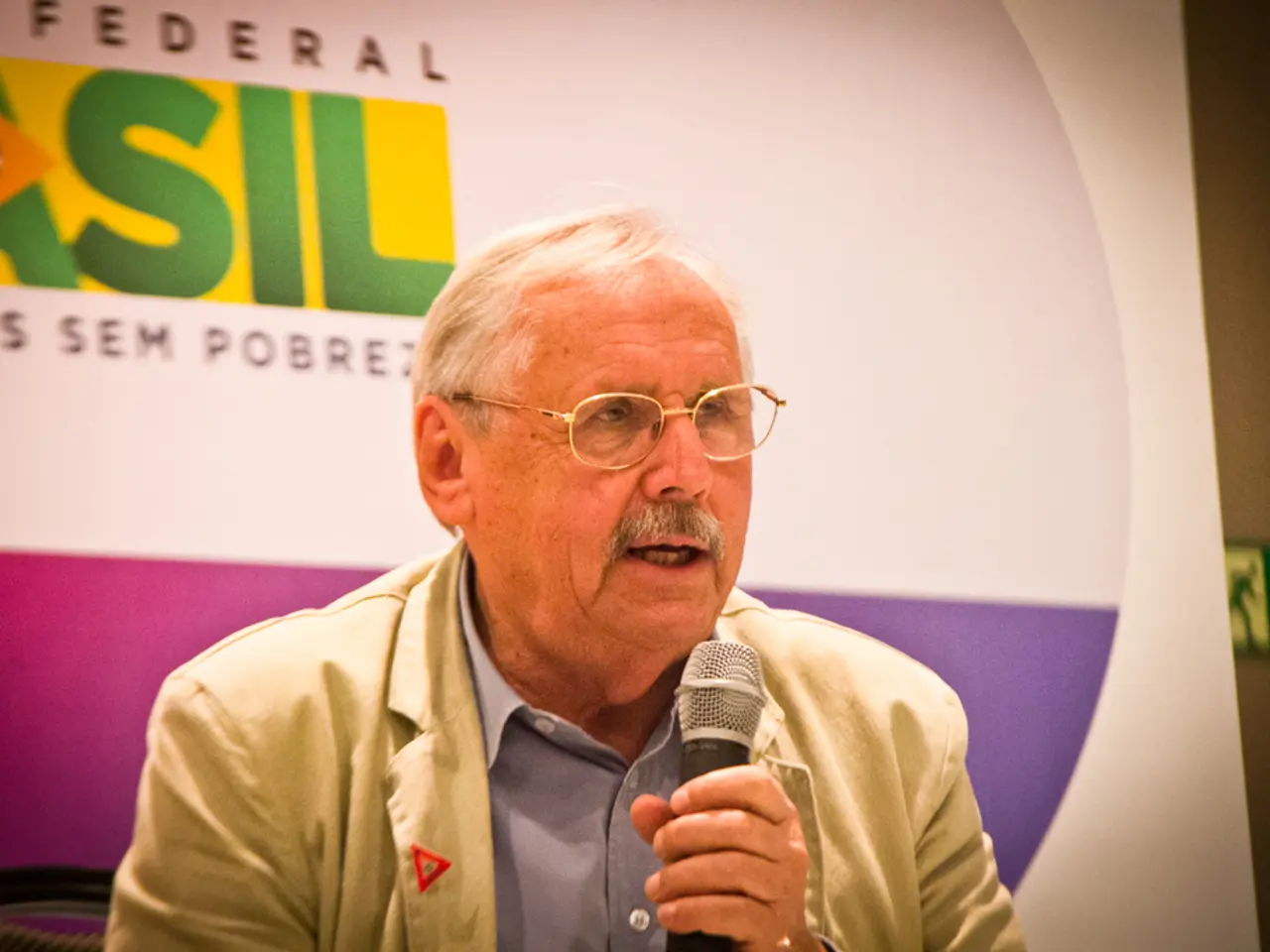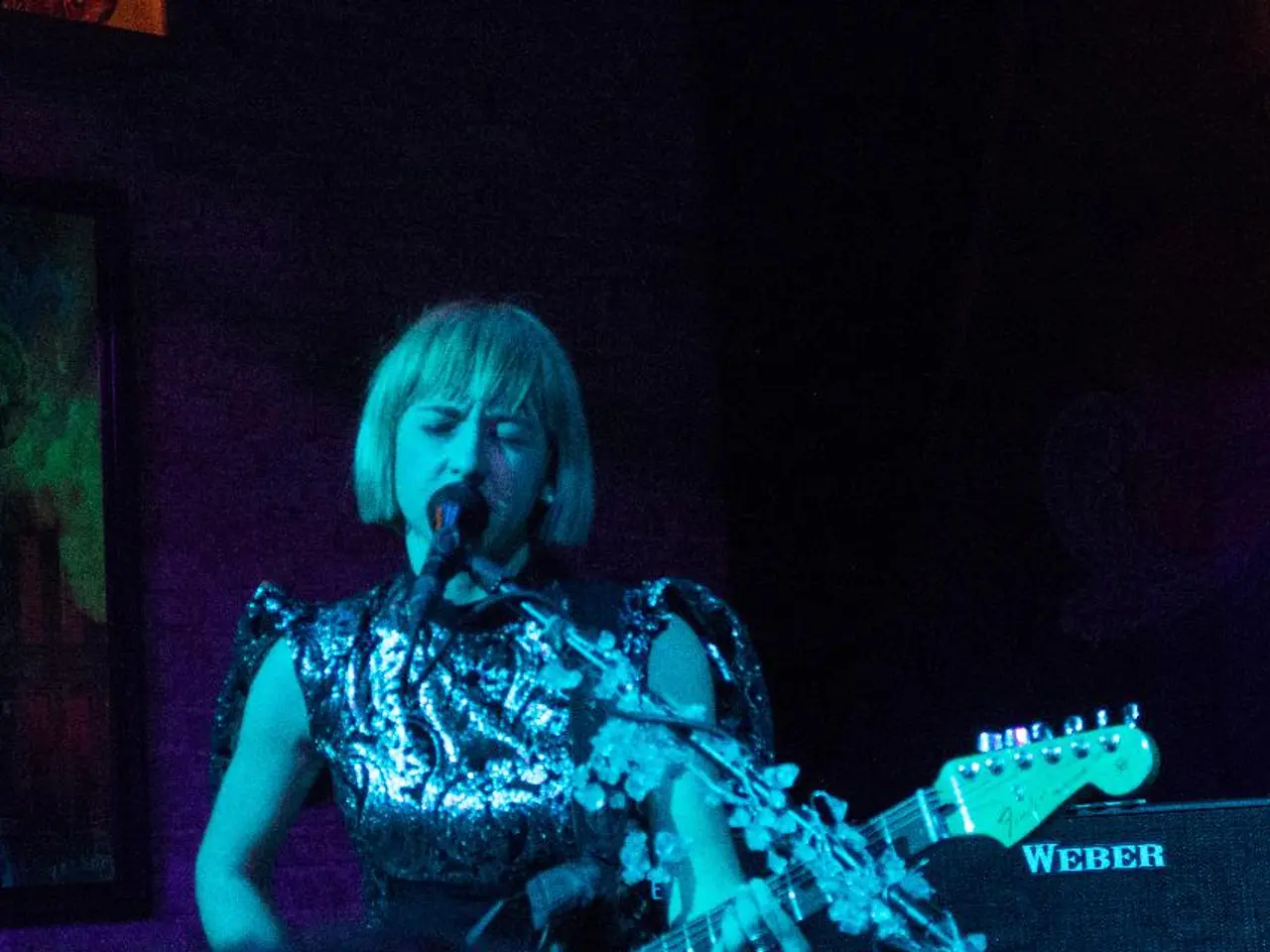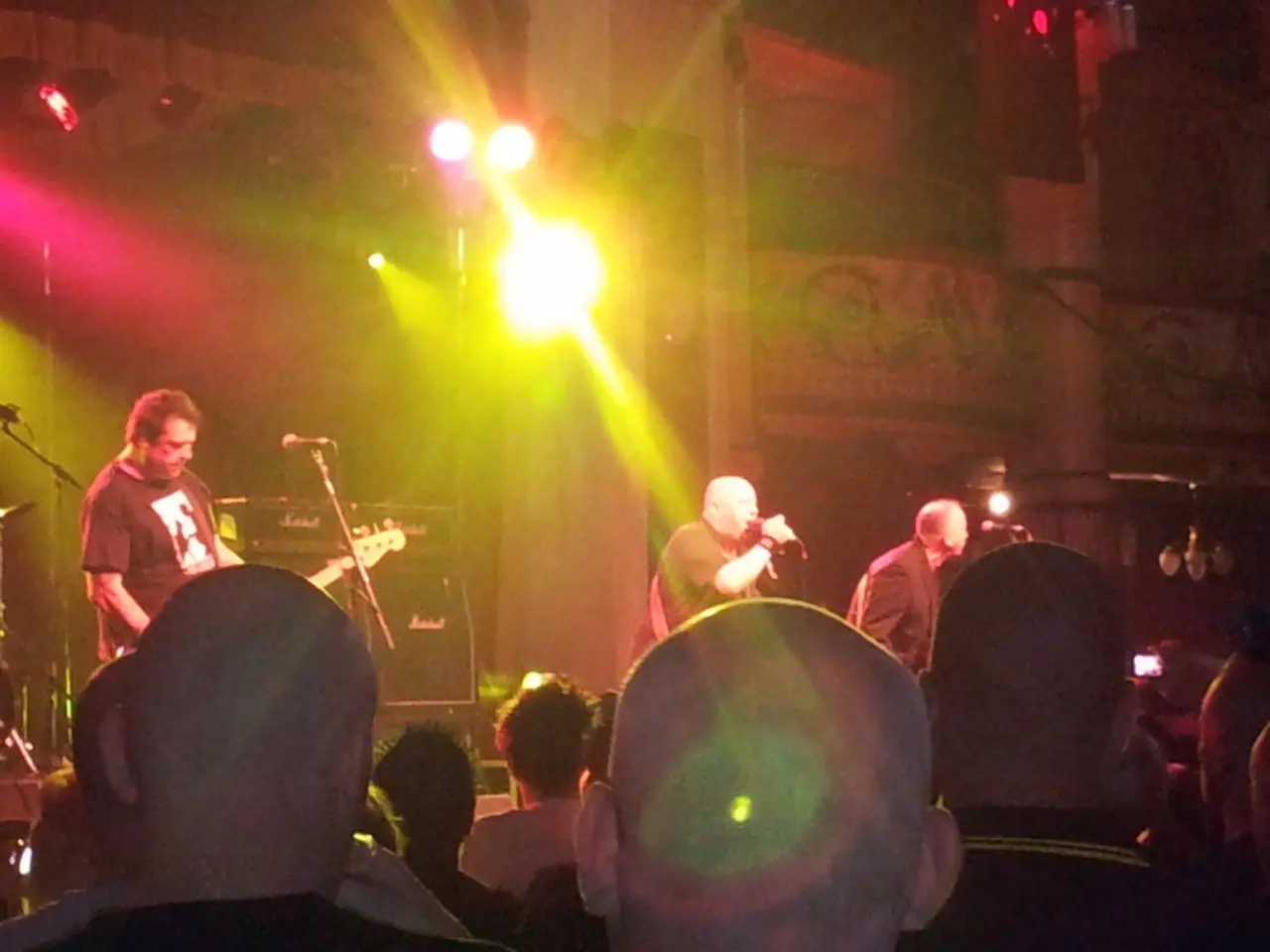Uncovered in Azerbaijan: Ancient burial site of a large warrior dating back nearly 4000 years, which contained a unique, four-tined spearhead.
In the heart of Azerbaijan's Keshikchidagh historical and cultural reserve, archaeologists have unearthed a remarkable find—a 3,800-year-old warrior from the Bronze Age. This towering figure stood around 6 feet, 7 inches (2 meters) tall and was buried with a four-pronged bronze spearhead, a rare find in the region [1][2][3][4].
The burial mound, measuring over 90 feet (28 m) in diameter and more than 6.6 feet (2 m) high, houses a seminal tomb that dates back to the Middle Bronze Age. The tomb, a kurgan—a type of burial mound common in Eastern Europe and Central Asia—was divided into three distinct chambers [1][2][3][4].
One chamber held the warrior’s body and weapons, while another contained numerous ceramic vessels with elaborate white-inlaid dotted and impressed patterns. The third chamber was left empty, possibly symbolizing a spiritual belief in the afterlife [1][2][3][4].
The discovery of this elite warrior includes a number of significant items:
- The four-pronged bronze spearhead, a rare find in the region [1][2][3][4].
- Bronze ankle adornments and a bronze bracelet [2][3].
- Obsidian tools and paste beads [2].
- Elaborately decorated ceramic jugs containing bones of cooked animals (goat, cow, horse, and boar) [2][3].
- A circular limestone seal and 14 massive limestone slabs (approximately 1 ton each) covering the burial chamber [2][3].
- A carved bull-shaped idol placed at the head of the kurgan [2].
This collection of grave goods highlights the high status of the individual and reflects intricate mortuary practices and beliefs about the afterlife in the Middle Bronze Age cultures of the region [1][2][3]. The discovery is notable both for the exceptional preservation of the tomb and for providing insight into Bronze Age warrior burials in the South Caucasus [1][2][3][4].
The excavations at the Keshikchidagh cultural reserve have been ongoing for the past five years, with more than 2,000 academics and archaeologists, including Shamil Najafov from the Institute of Archaeology and Anthropology of the Azerbaijan Academy of Sciences, delving into the rich history of the region [1][2][3][4]. The reserve, known for its natural and human-made caves, castles, and early Christian monasteries, continues to be an archaeological hotspot.
[1] The warrior stood about 6 feet 7 inches (2 meters) tall. [2] The tomb was divided into three parts. [3] The burial mound is located in the Keshikchidagh reserve. [4] Some of the jugs contained the remains of cooked animal bones.
The excavations in Azerbaijan's Keshikchidagh historical and cultural reserve reveal a wealth of information about the South Caucasus during the Middle Bronze Age, particularly in relation to war-and-conflicts and politics, as evidenced by the discovery of a 3,800-year-old elite warrior buried with various weapons and bid offerings, including a four-pronged bronze spearhead, a rare find in the region. This discovery sheds light on the general-news of the intricate mortuary practices and beliefs about the afterlife in the region during this time.
The excavations at the Keshikchidagh cultural reserve, an archaeological hotspot known for its natural and human-made caves, castles, and early Christian monasteries, highlight the ongoing efforts to uncover the rich history of this area, providing valuable insights into the region's past and offering new perspectives on its conflicts and political landscapes during the Bronze Age.
